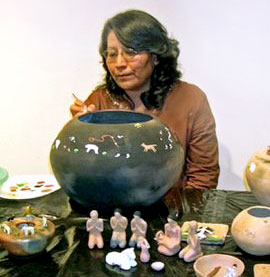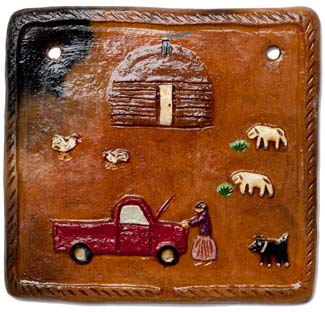Elizabeth Manygoats |
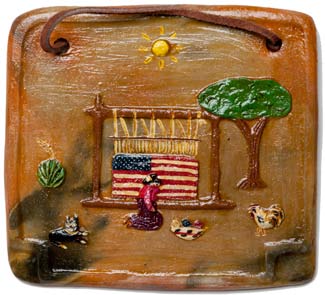 |
||||
|
|||||
|
|||||
Elizabeth is one of ten children of Betty Manygoats, a well-known Navajo folk artist and potter. Largely self-taught, Elizabeth is a talented young potter carrying on the tradition of her famous mother while developing her own style and designs. Most of Elizabeth’s work consists of pictorial pieces with lively, realistically painted figures depicting scenes on the reservation. She emphasizes Navajo women and their daily lives because “They’re the ones I look up to.” She also has a fondness for portraying horses, sheep, and chickens, the animals surrounding her as a child on the reservation. Her dog is said to be based on her on own pet. Elizabeth first exhibited in Santa Fe’s Indian Market in 2006. She had shown her work and demonstrated her techniques at the Case Trading Post for several years prior to that. In conjunction with the 2008 Wheelwright Museum exhibition Railroad to Route 66, Elizabeth began to stretch the envelope of her work, experimenting with new tile shapes and subject matter. She created tear-shaped and triangular tiles, among other shapes, and went beyond the Navajo reservation to depict Pueblos and historic roadside scenes. Not having traveled much, she got her ideas from books and pictures. Her tiles resemble clay postcards. Besides an artistic sense of proportion and composition, Elizabeth’s tiles show her technical expertise. Because of the way they dry prior to firing, tiles are difficult to make. The artist must carefully control the moisture content of the clay to prevent curled, broken, or uneven edges. Elizabeth’s tiles are not cut into shape. She begins by rolling the clay into a ball which she flattens and puts between layers of plastic. Then she gradually turns and shapes the tile with her hands. When she takes it out from between the plastic layers, the tile is in its finished form, with no trimming needed. “I have a passion for making pottery,” Elizabeth says. “Every year I try to come up with new ideas.” She tries to encourage her family, including her daughter Larrisena and her son Arlin, to carry on the pottery tradition. For now, she says, the children are “just having fun with the clay, not thinking of it as work.” |
|||||
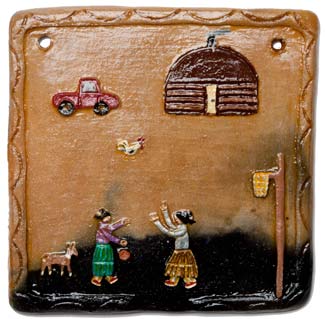 |
|||||
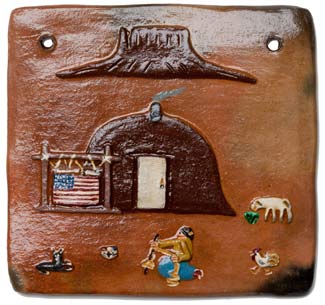 |
|||||
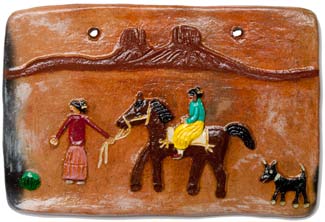 |
|||||
© 2018 Inland Empire Museum of Art |
|||||
Tiles Navajo Folk Art | clay | 290.15.11 -294.15.11 |
|||||

